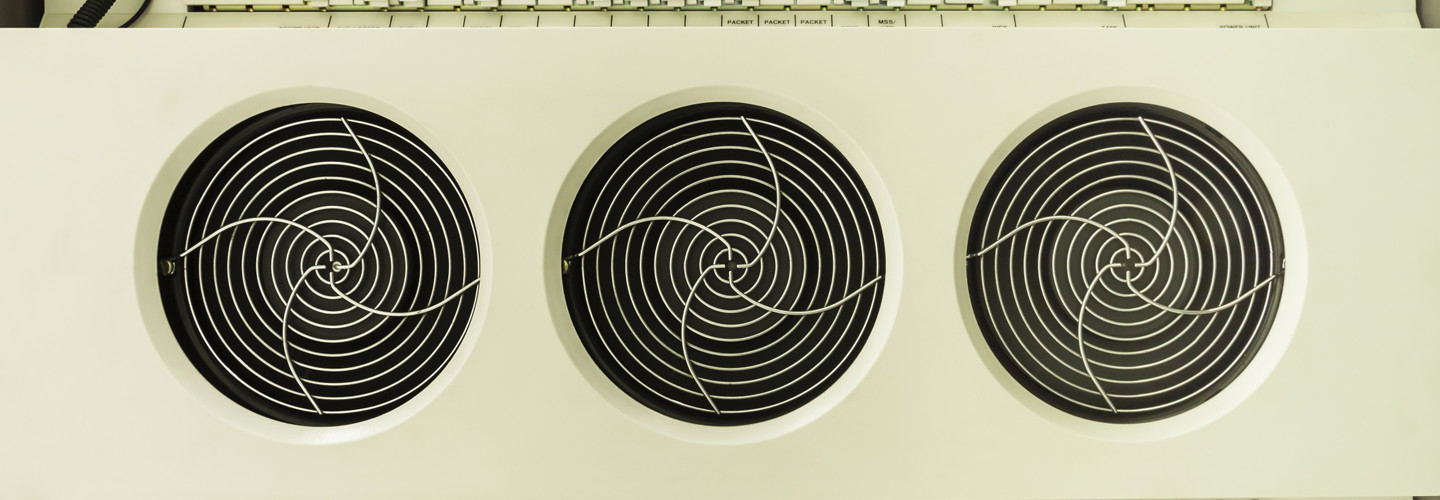Smart UPS: New Tools for Protecting Power
Power protection technology for data center and cloud connectivity has changed significantly over the years. The growing number of data centers that require power protection has fueled an upsurge in innovation at all points in the spectrum. The result: smarter uninterruptible power supply (UPS) systems that are more efficient and manage power better; greater manageability and alerting capabilities; and greater awareness of power protection issues on the part of equipment vendors.
Managing Power More Efficiently
While the UPS’s primary job is to provide power in the case of an outage, it is an always-on part of the data center infrastructure. Efficiency in the UPS translates directly to a lower energy bill and lower cooling requirements.
The traditional trade-off in smaller UPSs (up to about 5,000 watts) is between on-line double-conversion devices on the one hand and line-interactive (sometimes referred to as standby) devices on the other. Double-conversion UPS systems offer advantages in environments where the quality of the power supply is poor.
But in markets, such as the United States, where the quality of the power supply is consistently good, line-interactive devices are preferred. These devices are more efficient and less expensive because they aren’t performing the double-conversion task of constantly converting power from AC to DC and then back to AC.
However, these devices are impractical at the loads typically seen in data centers (above 5,000 watts), especially in facilities with heftier blade servers that support virtualization and larger SANs. To bridge the gap, UPS engineers have developed more advanced devices, usually called “delta conversion” UPSs, that scale up and provide high-quality power regulation while avoiding the inefficiency of on-line double-conversion devices.
IT managers at midsize data centers may be tempted to use a large number of smaller UPS devices to gain the efficiency and cost savings of line-interactive and standby UPSs, but this comes at a huge maintenance cost and has significant scalability and flexibility constraints. A better solution is to use newer, more efficient delta-conversion UPSs that handle data center loads in a flexible manner with a minimum of maintenance costs.
Improving Integration With Data Centers and the Cloud
In theory, a UPS maintains power in the data center only for a few minutes while generators are started. In practice, generators can fail, and UPSs may be used in environments where power generation is not available.
Originally, UPS devices either simply went offline when their batteries were exhausted, or they would communicate over a serial port to a single system. Today, smart UPSs have Ethernet ports as well as small CPUs, and they can send alerts via email, SNMP and other protocols to alert IT managers about power issues, battery condition, maintenance and other important status elements.
In nongenerator environments that may include critical cloud components, such as wiring closets or branch offices, smart UPS systems can also help in power shedding — shutting down noncritical equipment when utility power is compromised — with internally switched outlets. In heavily virtualized data centers, extra time may be needed to migrate or safely shut down virtual machines, making tight communication between UPSs and other infrastructure critical to nonstop operations.
Meshing With Virtualization and Power Aware Servers
With private and public clouds everywhere, server manufacturers are now more focused than ever on efficient data center operations and are considering power management as a necessary feature. The standard A/B power rails in all modern servers are now being joined by firmware-level power management. This usually includes the ability to reduce power consumption by reducing server performance and to more easily move between active and standby states, a feature that is now integrated into high-end virtualization platforms.
Want to learn more? Check out CDW’s white paper, “Getting Smart: Power in the Data Center.”








